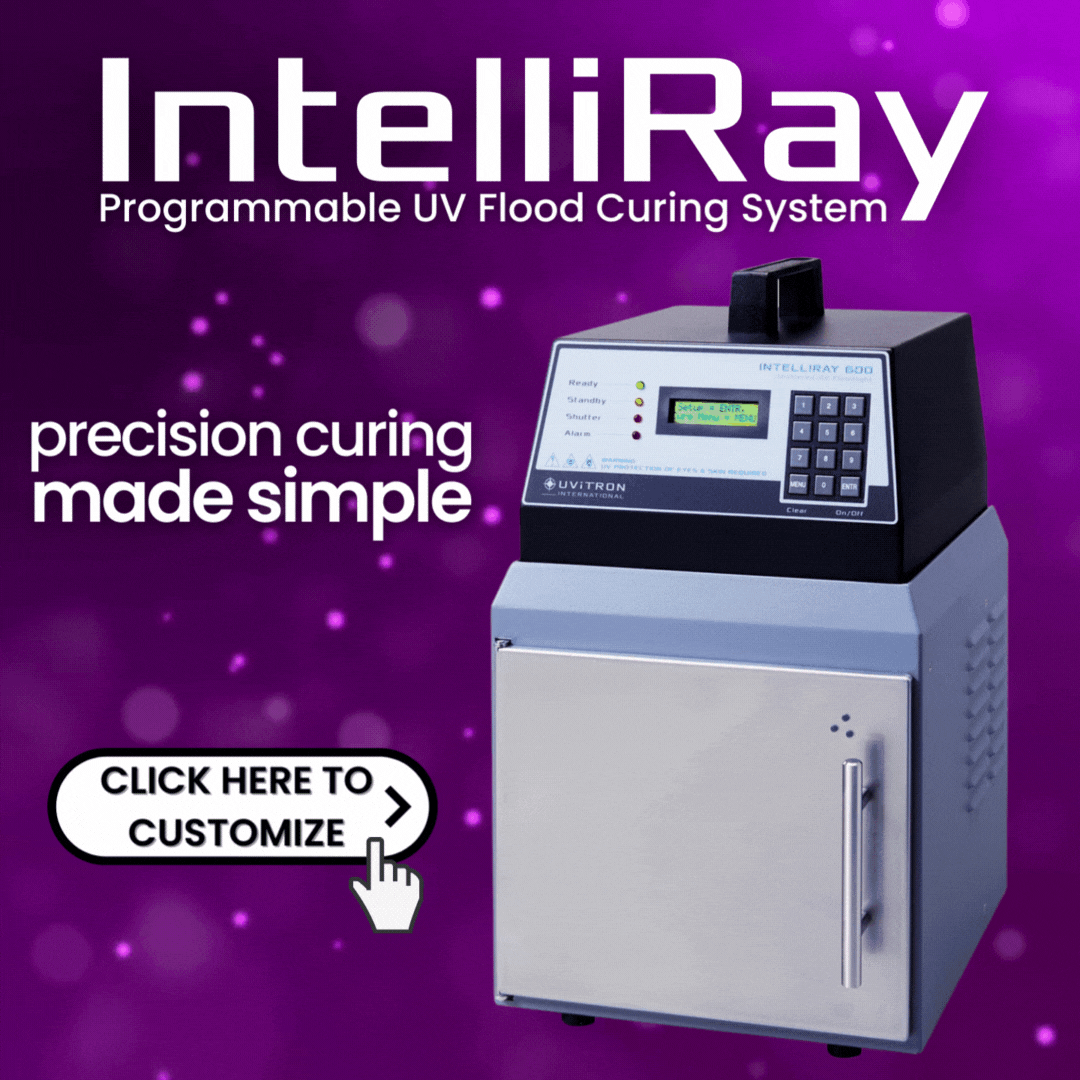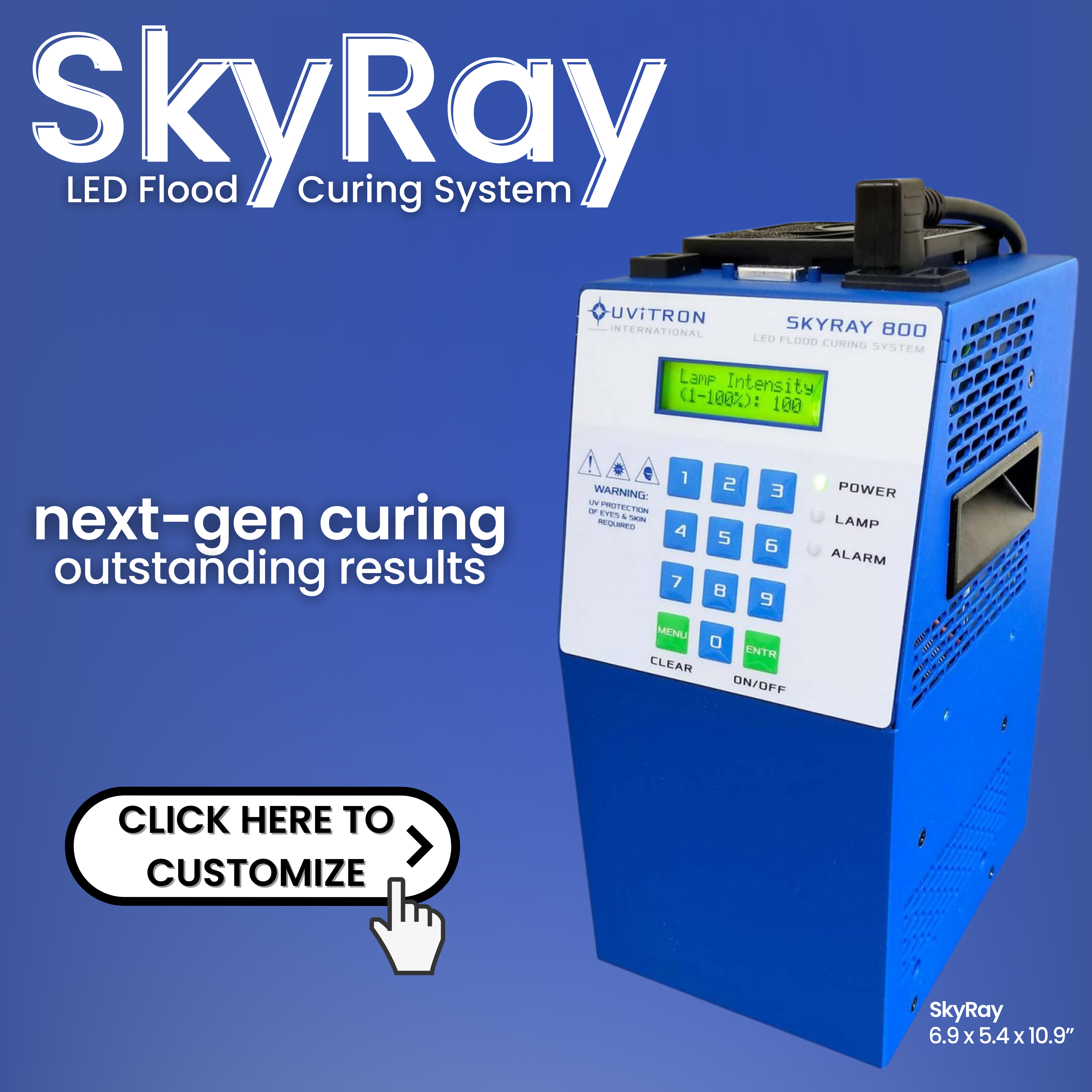The implementation of a UV curing system can offer substantial benefits to businesses across a wide range of industries. By addressing common pain points and enhancing various aspects of the production process, UV curing systems can help companies stay competitive and meet the ever-evolving demands of the market. If your business is facing challenges in any of the following areas, investing in a UV curing system could be a game-changing decision.
Struggling with Slow Production Times
An all too common hurdle many businesses face, irrespective of their industry or size, is the issue of slow production times, especially in sectors where curing processes play a pivotal role. Traditional curing methods such as air drying or heat drying, although reliable, are notorious for their time-consuming nature. They can take up several hours, sometimes even extending to days to achieve full curing, thereby resulting in substantial bottlenecks in the production line. This delay hampers the flow of the production pipeline, drastically reducing the overall operational efficiency and negatively impacting the business’s ability to meet delivery schedules or customer demands.
The long duration of traditional curing methods also means that a significant part of your production equipment and space remains occupied, effectively decreasing your production capacity. The associated holding costs, labor, and utility expenses can rapidly add up, leading to escalating overhead costs, which in turn shrink profit margins.
In contrast, the implementation of a UV curing system offers a compelling solution to this predicament. UV curing systems employ ultraviolet light to cure materials, a process that is exponentially faster than conventional methods. Depending on the specific application, materials can be fully cured in a remarkably short span of time—sometimes within mere seconds or minutes. This drastic reduction in curing time not only accelerates the pace of your production line but also frees up space and resources, thereby increasing your effective production capacity.
The benefits of UV curing systems aren’t confined to improved throughput; they also contribute to better deadline management. With faster curing times, businesses can respond more efficiently to rush orders or tight deadlines, thereby enhancing their ability to meet customer expectations, improving satisfaction levels, and strengthening relationships.
Dealing with Reduced Product Quality
One of the key challenges that many businesses grapple with, and often a critical determinant of their success or failure, is managing product quality. The persistent issue of reduced or inconsistent product quality can be an offshoot of several factors, one of the prominent ones being inconsistent or incomplete curing of materials. Insufficient or irregular curing can result in a slew of product issues including but not limited to weak bonding or adhesion, premature degradation, discoloration, and inadequate protective coating. These issues, in turn, can severely compromise the performance, durability, and overall appeal of the final product.
Fluctuating product quality is not just a threat to the reputation of a business but can also lead to increased waste and rework. This puts an additional strain on resources and adds to the cost of production. Moreover, lower quality products are less likely to win customer loyalty or to garner positive reviews, which can negatively impact sales over time.
In this context, the adoption of a UV curing system could be a decisive step towards overcoming these challenges. UV curing systems offer significant advantages in terms of curing consistency and quality, which are paramount for maintaining high product standards. By using ultraviolet light, UV curing systems ensure a thorough and uniform curing process, down to the microscopic level. The result is not only superior bonding and durability but also enhanced physical properties of the materials, including scratch resistance, chemical resistance, and color vibrancy.
These UV-induced properties add to the quality of the final product, making it more robust and visually appealing, which directly influences customer satisfaction. A product with a consistent, high-quality finish is more likely to earn positive customer reviews, fostering customer trust and loyalty and helping your business stand out in a crowded market.
UV curing also adds to the predictability of your production process, which can help in achieving better control over your quality management system. Improved consistency reduces the risk of errors and reworks, contributing to the overall efficiency of your production line. As a result, your business is better equipped to meet the ever-increasing expectations of customers and stringent industry standards, boosting your market standing and bottom line.
Combatting High Energy Consumption
Traditional curing processes, although reliable, often come with a significant downside: they are considerably energy-intensive. The use of heat or air drying systems can lead to high energy consumption, pushing up operational costs and contributing to a larger carbon footprint. For businesses grappling with the twin challenges of controlling costs and managing their environmental impact, transitioning to a UV curing system could offer a timely and effective solution.
UV curing systems present a marked improvement over conventional drying techniques in terms of energy efficiency. Unlike traditional curing processes that require high amounts of energy to generate heat or air movement, UV curing systems work by exposing materials to concentrated ultraviolet light. This process is inherently more energy-efficient, consuming noticeably less energy to achieve the same, if not superior, curing results.
This enhanced energy efficiency directly translates into significant cost savings for businesses. By using a UV curing system, you can significantly reduce the energy consumed in the production process, which can dramatically decrease your overall operational expenses. The savings generated through lower energy bills can offset the initial investment in the UV curing system, making it a self-paying upgrade over time.
Moreover, using a UV curing system can also contribute to your business’s sustainability goals. As businesses worldwide are being called upon to reduce their environmental impact, adopting energy-efficient technologies is a critical step towards sustainability. By lowering your energy consumption, UV curing not only helps you reduce your operational costs but also minimizes your carbon footprint, helping your business to be more environmentally friendly. This can be a considerable advantage in today’s market where consumers are becoming increasingly conscious about the environmental impact of the products they purchase.
Addressing Environmental Concerns
As global consciousness around environmental sustainability intensifies, businesses are under increasing pressure to adopt more sustainable and eco-friendly practices. This trend is fueled not just by growing consumer awareness and expectations but also by tightening environmental regulations. Traditional curing methods, while proven in their effectiveness, unfortunately contribute to environmental pollution. They often produce harmful emissions or volatile organic compounds (VOCs) during the curing process. These compounds are a significant contributor to air pollution and can have detrimental effects on both environmental and human health.
By contrast, UV curing systems present a green alternative that aligns with the growing imperative for sustainable practices. They operate without generating harmful emissions, and the materials used in UV curing processes typically contain significantly lower levels of VOCs compared to those used in traditional curing. By using a UV curing system, you can drastically reduce the release of these harmful pollutants into the environment.
Making the switch to a UV curing system thus helps your business in significantly lowering its environmental footprint. But the benefits aren’t restricted to just environmental protection; it can also enhance your brand image. As businesses worldwide strive to meet sustainability goals, demonstrating commitment to environmental responsibility is becoming a key differentiator in the market. Consumers today are more conscious about their choices and prefer to support businesses that are taking active steps towards sustainability. Adopting a UV curing system can therefore be a significant step in showcasing your commitment to sustainability.
Moreover, complying with environmental regulations can be a complex and often costly endeavor for businesses. By reducing harmful emissions and VOCs, UV curing systems can also help your business to meet regulatory standards more easily, avoiding potential penalties and saving costs in the long run.
Prioritizing Customization and Adaptability
In the dynamic and rapidly evolving business landscape of today, the capability to adapt and customize operational processes to meet unique and varying requirements is a critical differentiator. Businesses are often tasked with meeting a range of diverse customer demands, requiring curing solutions that can be tailored to specific applications, materials, or substrates. If your business finds itself in a similar situation, a UV curing system could be the ideal solution.
UV curing systems offer a remarkable level of versatility and adaptability. Unlike traditional curing processes that may be limited by specific parameters, UV curing systems can be easily customized to accommodate an array of materials and substrates, from plastics and glass to metals and composites. They can be adjusted to cater to various application requirements, such as varying coating thicknesses or curing profiles, offering unparalleled flexibility.
This adaptability enables businesses to fine-tune their curing processes, helping them achieve optimal results for each specific application. Whether you need to cure a thin film of adhesive on a complex 3D object or a thick layer of paint on a flat substrate, a UV curing system can be tailored to meet these unique requirements. This ensures that you can consistently deliver high-quality products that meet the diverse and ever-changing needs of your customers.
Moreover, UV curing systems are scalable, capable of handling small-scale applications as well as large-volume production runs. They can be integrated into existing production lines with relative ease, minimizing disruptions to your operations. The technology also supports quick changeovers between different products or processes, which can be especially beneficial in industries where product variety and quick turnarounds are essential.




